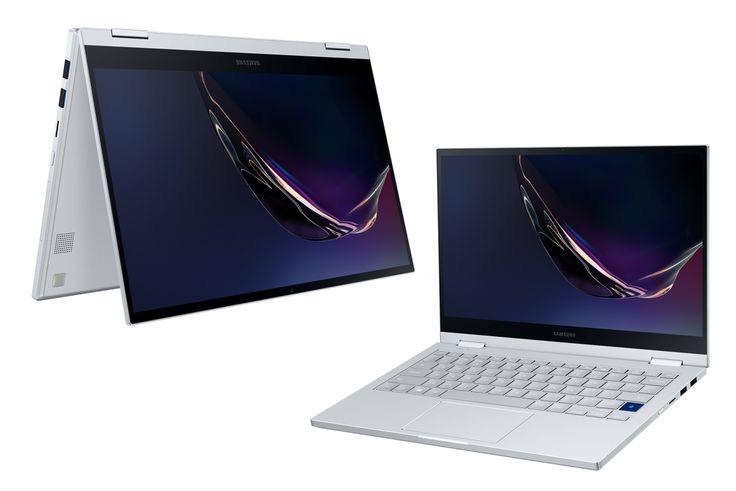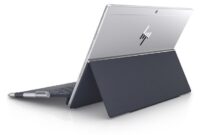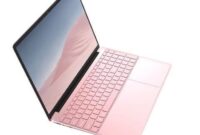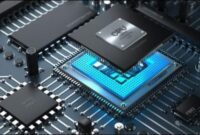TechnoFixzi.com – The notebook specifications you shouldn’t overlook depend on your usage and needs. However, here are some important components to consider when choosing a notebook:
1. Processor (CPU)
The processor affects the overall performance of the notebook. For everyday tasks, such as web browsing and office productivity, a quad-core CPU is sufficient. However, for heavy-duty tasks like video editing or gaming, a hexa-core CPU or higher is recommended.
2. Memory (RAM)
RAM affects how many applications can run simultaneously without experiencing slowdowns. A minimum of 8GB of RAM is recommended for general tasks, but for heavy-duty tasks like multimedia processing or gaming, 16GB or more is a better choice.
3. Storage
There are two main types of storage: SSD (Solid State Drive) and HDD (Hard Disk Drive). SSDs are faster at opening applications and operating systems, while HDDs offer more storage space at a lower cost. Ideally, use an SSD as the system drive for better performance, and use an additional HDD if you need more storage.
4. Graphics Card (GPU)
If you plan to play games, edit videos, or work with graphic design, a powerful graphics card is necessary. For general tasks, an integrated GPU is sufficient.
5. Screen Size and Resolution
Screen size and resolution are important for the visual experience. Choose a size that suits your preferences (usually 13-15 inches for portability), and a high screen resolution for a sharp display.
6. Connectivity
Make sure the notebook has enough ports for your needs, such as USB, HDMI, and audio. Wireless connectivity is also important, so make sure it has Wi-Fi and Bluetooth.
7. Battery
Good battery life is important if you frequently work outdoors or while traveling. Make sure the notebook has a battery that can last for at least 6-8 hours.
8. Operating System
Choose an operating system that you are familiar with or that suits your needs, such as Windows, macOS, or Linux.(*)










